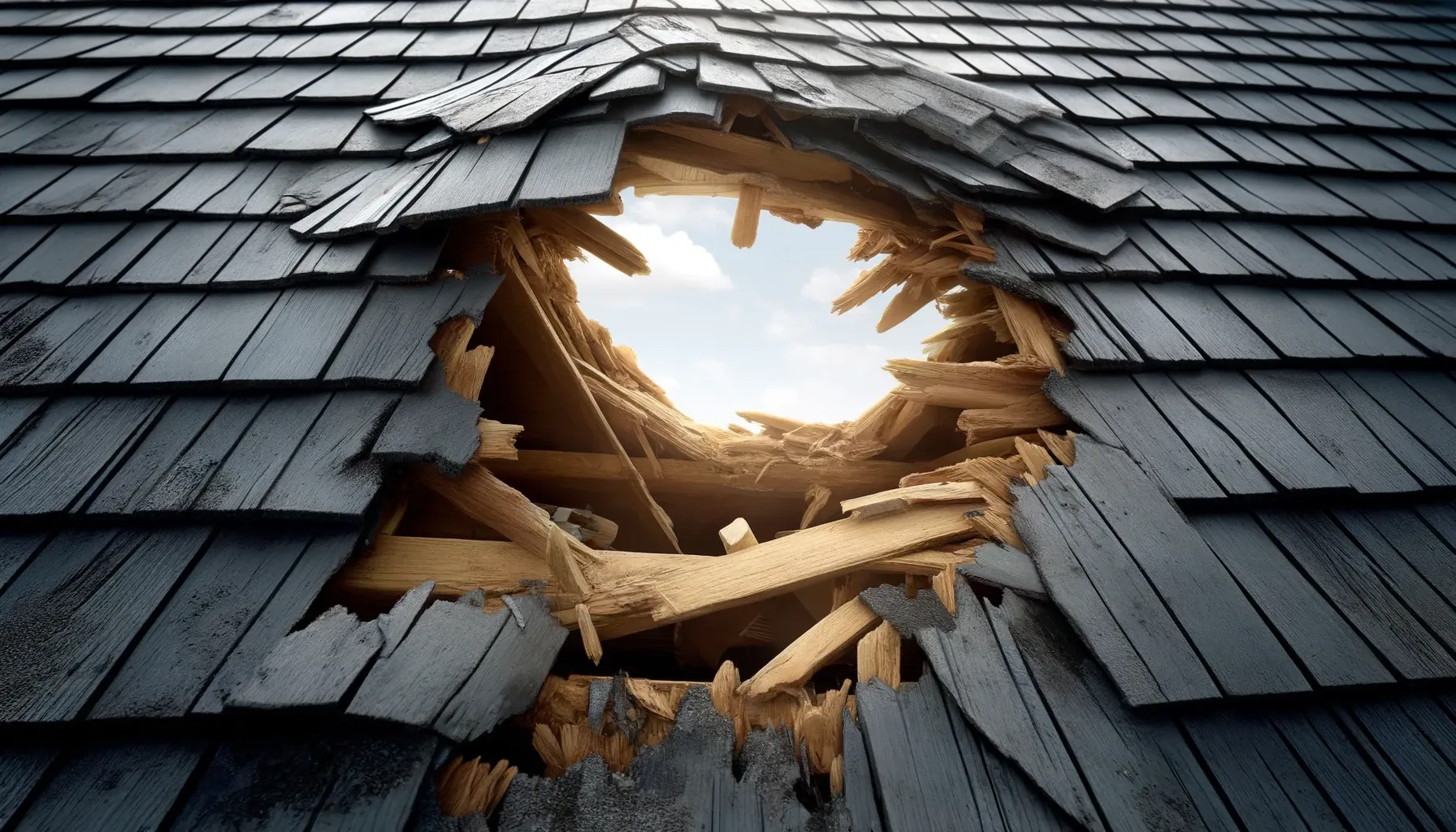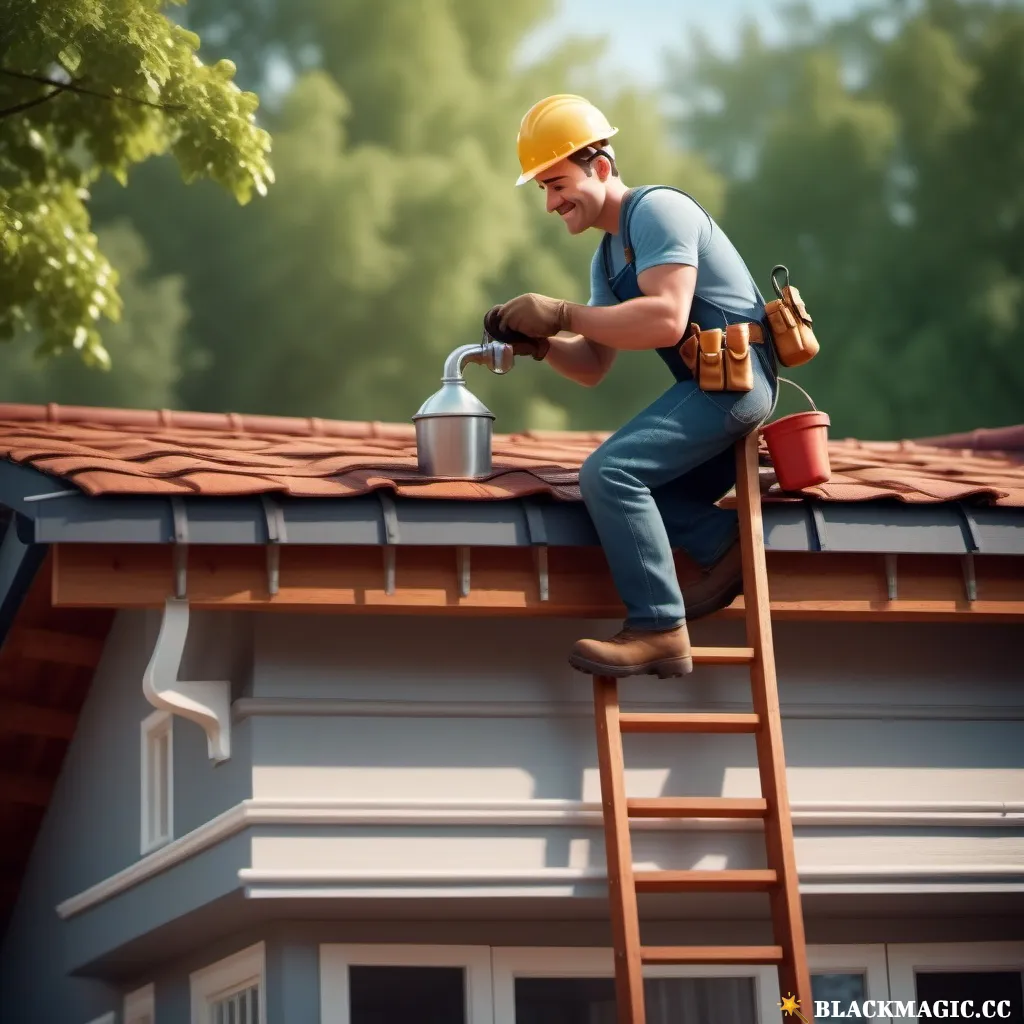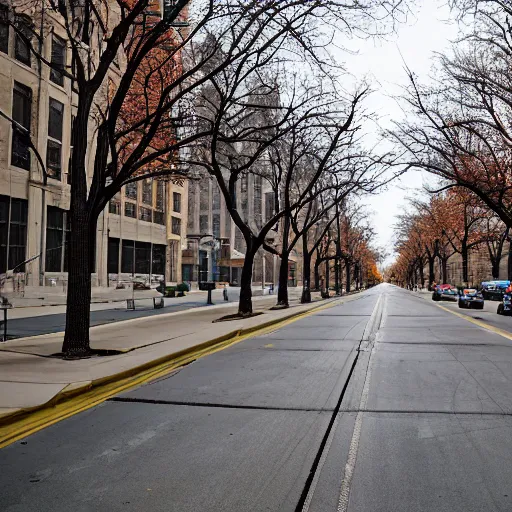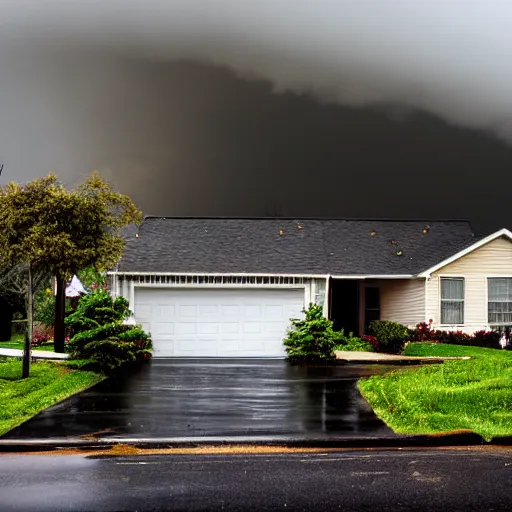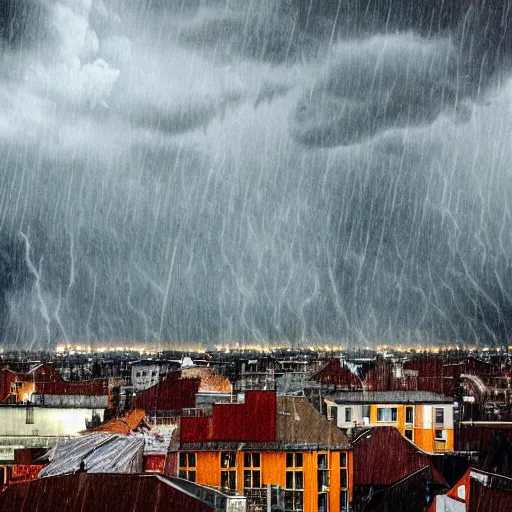Can You Roof Over A Wet Roof?
Is it Possible to Roof Over a Wet Roof?
You may be wondering, can you roof over a wet roof? This is a common question among homeowners who are dealing with roof leaks or water damage. In this article, we will explore the possibility of roofing over a wet roof, the potential risks and benefits, and the proper steps to take if you find yourself in this situation.
Understanding the Risks of Roofing Over a Wet Roof
When considering roofing over a wet roof, it is crucial to understand the risks involved. Moisture trapped beneath the new roof can lead to mold and mildew growth, wood rot, and structural damage over time. Additionally, roofing over a wet roof can void manufacturer warranties and affect the performance and longevity of the new roofing materials.
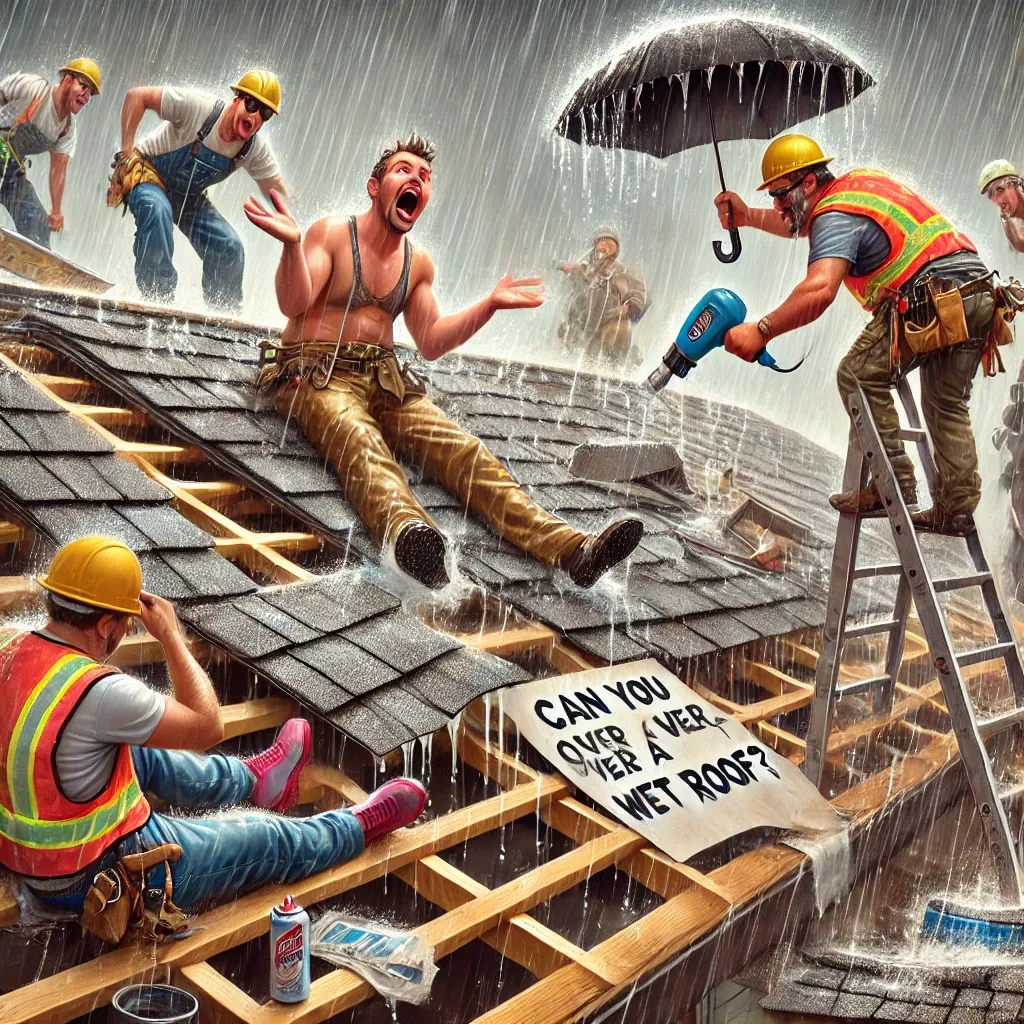
Benefits of Roofing Over a Wet Roof
While there are risks associated with roofing over a wet roof, there are also potential benefits to consider. In some cases, roofing over a wet roof can provide a temporary solution to prevent further water damage and leaks until the roof can be properly dried and repaired. This can be especially helpful in emergency situations where immediate action is needed to protect the interior of the home.
Steps to Take Before Roofing Over a Wet Roof
Before making the decision to roof over a wet roof, there are several important steps you should take to assess the extent of the damage and minimize potential risks.
Inspect the Roof:
- Carefully inspect the roof for signs of water damage, such as water stains, mold growth, and soft spots.
- Identify the source of the leak and determine the extent of the damage.
Address the Source of the Leak:
- Before roofing over a wet roof, it is essential to address the source of the leak to prevent further water intrusion.
- Repair any damaged or missing shingles, flashing, or other components that may be causing the leak.
Dry the Roof:
- If possible, use fans or dehumidifiers to help dry out the wet roof before installing the new roofing materials.
- Avoid roofing over a wet roof if excessive moisture is present, as this can lead to long-term damage.
Can You Install a New Roof Over a Wet Roof?
While it is possible to roof over a wet roof in certain situations, it is generally not recommended due to the potential risks involved. Installing a new roof over a wet roof can trap moisture, leading to mold growth, wood rot, and structural damage over time.
If you find yourself in a situation where roofing over a wet roof is unavoidable, it is essential to take the necessary precautions to minimize risks and ensure the long-term integrity of the roof.

Precautions to Take When Roofing Over a Wet Roof
If you decide to roof over a wet roof, there are several precautions you should take to reduce the risk of damage and ensure the success of the new roof installation.
Proper Ventilation:
Proper ventilation is essential when roofing over a wet roof to prevent moisture buildup and promote airflow. Inadequate ventilation can lead to mold growth, wood rot, and other moisture-related issues. Ensure that the attic and roof are adequately ventilated before installing the new roofing materials.
Use Waterproofing Membranes:
To help prevent moisture infiltration and protect the new roof from damage, consider using waterproofing membranes under the new roofing materials. These membranes can provide an extra layer of protection against water intrusion and help extend the life of the roof.
Allow Sufficient Time for Drying:
Before roofing over a wet roof, allow sufficient time for the roof to dry out completely. Use fans, dehumidifiers, or other drying methods to remove excess moisture and ensure a dry surface for the new roof installation. Roofing over a wet roof without proper drying can lead to serious issues down the line.
Monitor for Signs of Damage:
After roofing over a wet roof, be sure to monitor the roof regularly for signs of damage, such as water stains, mold growth, and soft spots. Address any issues promptly to prevent further damage and ensure the long-term integrity of the roof.
Consider Consulting a Professional:
If you are unsure about whether to roof over a wet roof or how to proceed, consider consulting a professional roofer for guidance. A qualified roofing contractor can assess the situation, provide expert advice, and recommend the best course of action to protect your home and ensure the success of the new roof installation.

In conclusion, while it is possible to roof over a wet roof in certain situations, it is generally not recommended due to the potential risks involved. Moisture trapped beneath the new roof can lead to mold growth, wood rot, and structural damage over time.
If you find yourself in a situation where roofing over a wet roof is unavoidable, take the necessary precautions to minimize risks and ensure the long-term integrity of the roof.
Remember to address the source of the leak, dry the roof thoroughly, and consider consulting a professional roofer for guidance. By taking these steps, you can protect your home and ensure the success of the new roof installation.

